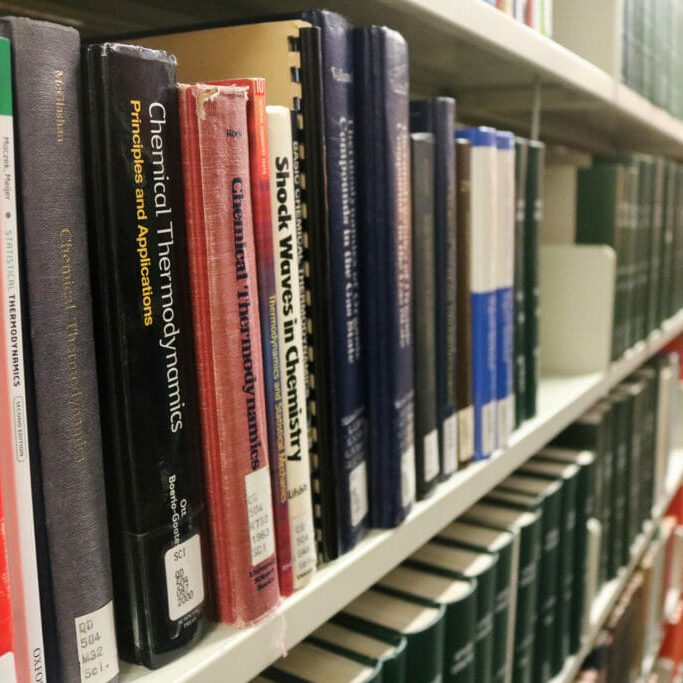
Where is the knowledge goldmine of Dalhousie University? The Henry Hicks? Maybe the Killam library?
Sadly, it’s the campus bookstore. Textbooks have all the knowledge covered in lectures, bundled in an extravagant price tag.
Textbooks are useful and powerful. They’re fantastic for students who miss their lectures, but they are also ridiculously unaffordable.
Many students have been prepared to purchase textbooks required by their professors, but cringed at the steep price tags. The price of textbooks has risen 812 per cent since 1978. Students are paying tons of money for their post-secondary education while working hard to pay back student loans. On top of that, textbooks are costing students an arm and a leg.
Have you ever wondered why those beautiful hardcover textbooks with a couple hundred pages cost $180 while books of similar size cost less than $50 at your local bookstore?
There are many reasons, but none justify the textbook scam.
Textbooks are subjected to an intense reviewing process. Textbooks are considered one of the most authoritative sources of knowledge because students and instructors all heavily rely on them.
Unlike normal books, one textbook gets reviewed by many professors and examinations at various points of the process. Prices are driven up by the costly review process. The quality of today’s textbooks is intricate, which drives up the price. There are many complex photographs, colours and sophisticated designs. It involves tons of editorial work. Many textbooks include detailed illustrations and diagrams edited by scientific experts and artists. All this work costs lots of money.
On average, it costs $750,000 to create a textbook.
The price of textbooks stems from the lack of textbook competition: there are only five major publishers for textbooks controlling 80 per cent of the market. Each publisher wants to attract professors and students by increasing textbooks’ appeals, trying to distinguish their books to others. Many textbooks offer instructor’s manuals for professors as well as complementary lecture slides. Sometimes publishers even provide thousands of multiple-choice questions for quizzes and exams.
All of these extra features for professors’ convenience are costly.
As school work is increasingly tech-based, publishers distinguish their products by creating an expensive platform with corresponding online quizzes. Designing and programming are very expensive. Because online materials are included in textbook prices, the cost of the online platform falls on the consumer. Publishers raise the price to make all these fancy features seemingly free.
Imagine this: textbooks are like prescription drugs, professors are like doctors and students are like patients.
Just like doctors, professors only choose the best textbooks, not the best prices. Because professors are never the people who do the paying. Students, like patients who worry about their health, have to pick up these best textbooks to avoid risking their grades and futures.
Money, Money, Money
The money that students spend on textbooks is higher than ever. Students start seeking out ways to avoid high textbook prices by renting books, buying used ones and buying cheaper digital copies.
Meanwhile textbooks publishers counteract students’ efforts by creating the latest editions, sending sales representatives to urge professors to check out the new versions. Some textbooks are bundled with an access code, which gives students access to the online platforms. These access codes make it harder for students to resell their textbooks because access codes normally expire at the end of semesters.
The lofty prices of textbooks can never be justified. Because at the end of the day, students are the ones who pay the price. The high cost of textbooks has caused 65 per cent of students to skip buying required material because they’re unaffordable.
The role of textbooks has always been a learning tool to accompany lectures.
All the “efforts” textbook publishers have been making hinder students from accessing this tool.
Do those flashy features, beautiful designs, intricate diagrams and pictures really benefit students if they make textbooks unaffordable? If students can’t afford textbooks, there’s no point in assigning them.






